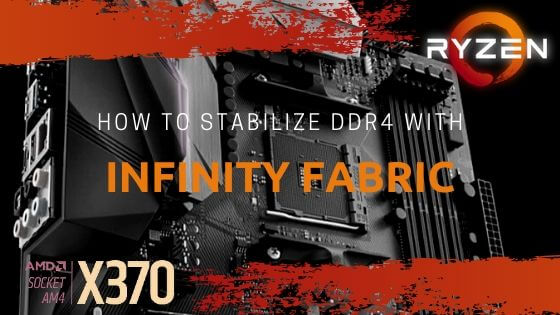
- Tech, OC'ing, SEO and more
- Hits: 52724
Article Index
Stress Testing.
An important note regarding Heaven benchmark as you might have noticed that it will report a higher GPU clock speed then MSI Afterburner. This is due to the fact Heaven reports the maximum possible boost clock.
When you achieve your max possible curve now it is time to verify that is completely stable this will require a set of tests thus take some patience. First, you want to establish your maximum temperature by running a benchmark like 3d Mark FireStrike on a loop. Any game GPU heavy like Metro that has a benchmark will work as long as you strain the GPU. This will reflect an intense GPU gaming load, here it is important to remember that per 10c you will lose 1 bin of 12.5mhz. And most sustained loads will reach 70c on triple fan GPU's and 80c for dual fan GPU's. In short, when reaching a temperature of 70C or higher you will lose 3 x 12.5mhz bins. And when reaching a temperature of 80c or higher you will lose 4 x 12.5mhz bins. During the final stress tests the final fan curve that allows for the best cooling vs noise level. This will depend on the case, ambient noise, noise-absorbing padding if any and, GPU fan noise based on the type, size, number of fans and the type of ball bearings.
Important while doing your stress testing is looking for artifacting and stuttering or even crashing to desktop. If so drop 1 bin level on the preferred Mv curve. If that does not prevent any problems drop the memory frequency overclock by -100. If the memory overclock is stable see if you can go back up 1 bin on your Mv curve and test stability. This should lock in your best possible Mv curve and memory frequency overclock. Save this profile or make a note of the settings so you won't forget the settings.

- Paul "HisEvilness" Ripmeester & Nanogenesis








